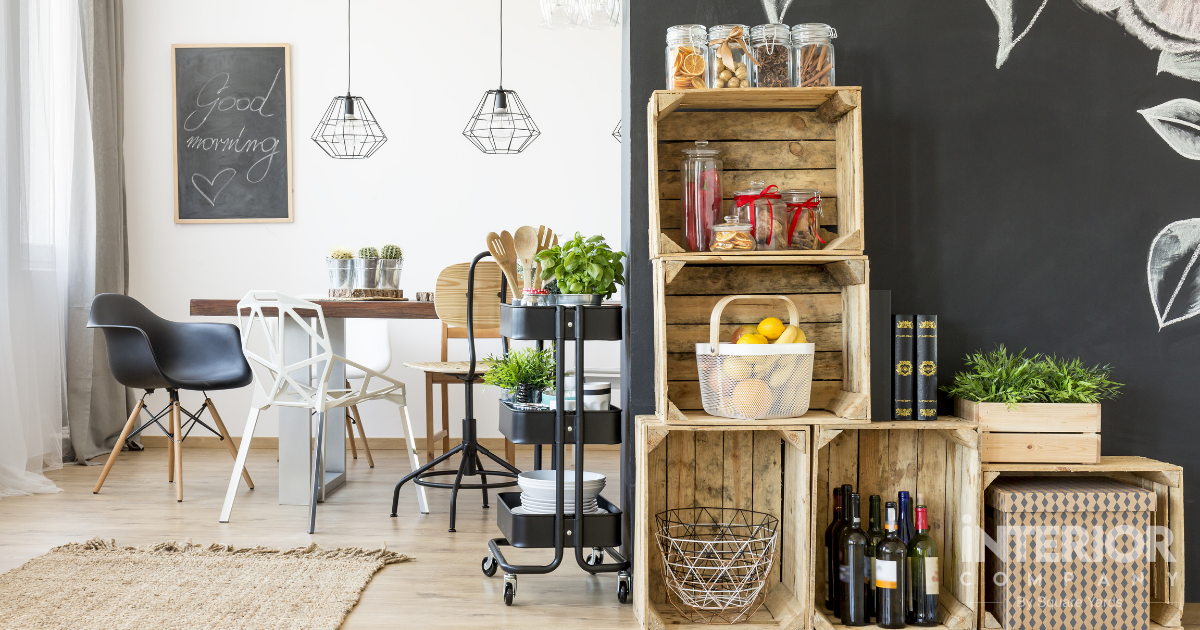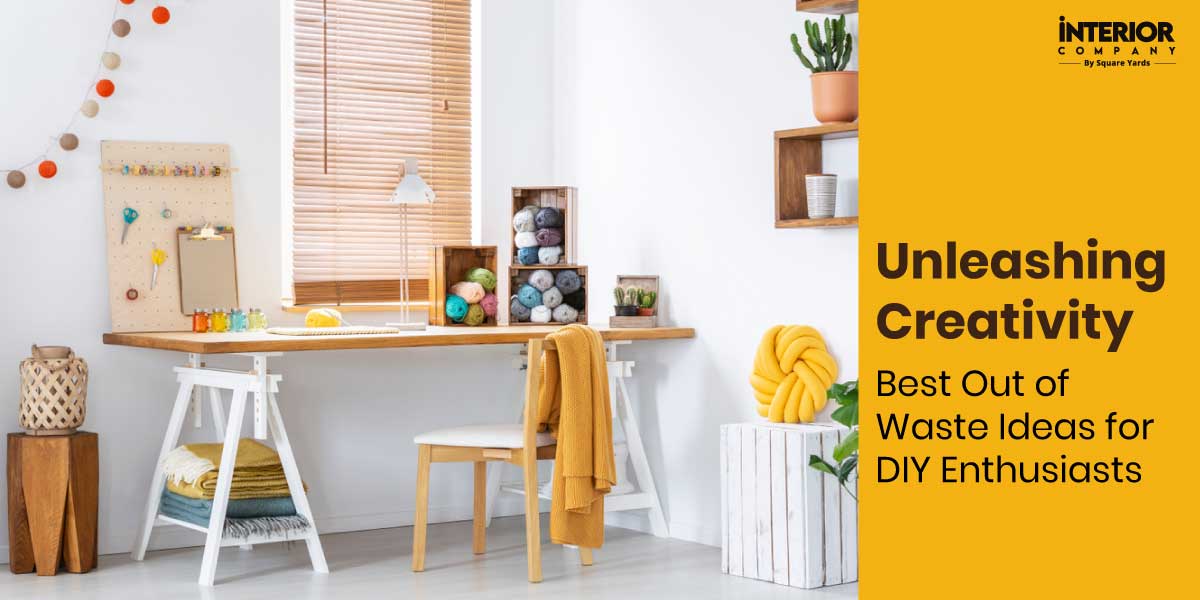- Home
- Trends
- Furniture And Decor
- Indoor Plants
- Indoor Palm Plants Indp
Type of Indoor Palm Plants & How to Take Care of Them
Indoor palm plants are the number one choice for anyone looking to add tropical plants inside their home. There are more than 2,500 species of palm trees and most of them are pretty easy to maintain. Having a lot of them stacked in various sizes helps create the illusion of an indoor jungle. Well, this blog is aimed at providing you with easy care tips you can use to keep your indoor palm thriving for a long time to come. Right from tips on watering, lighting and fertilizing, to soil, pest control and pruning, this guide covers it all.
Table of Content
Different Types of Indoor Palm Plants
Watering Indoor Palm Plants
The Right Light Condition for Indoor Palms
Choosing the Potting Soil Mix
Fertilizing Indoor Palm Trees
Eliminating Bugs Off Palm Houseplants
Pruning/Trimming Indoor Palm Plants
Common Issues You Might Face with Indoor Palm Plants
What if the Indoor Palm Plant is Dying?
Potting & Repotting Palm Trees
Different Types of Indoor Palm Plants
When you go on an indoor palm plant shopping spree, you will be amazed looking at the huge variety available at your local nursery. Listed below are the names of the popular types of indoor palm plants (palm varieties for indoor) that you may come across while shopping digitally or at a nursery near your home:
Indoor Palm Plant Identification/Palm Plants For Home
|
The good thing is that while they differ in variety, they all more or less necessitate the same care to grow to their fullest capability.
Watering Indoor Palm Plants
Palm plants for home do not require too much watering but if you want them to flourish, then it is advised that you water them on a day-to-day basis. Keeping their soil evenly moist is the way to go about it, particularly amidst the summer season.
During the summer months, you can keep the soil slightly dry between watering cycles but in winters, you can keep it dry for a longer period of time.
Keep in mind that while underwatering is not the right way, overwatering will kill the palm plants. To prevent palm trees from overwatering, it is advised that you grow them in plant pots that possess drainage holes.
If this also does not seem to work and you are still struggling with watering them in the right manner, going with the soil moisture measurement is the best thing ever.
The Right Light Condition for Indoor Palms
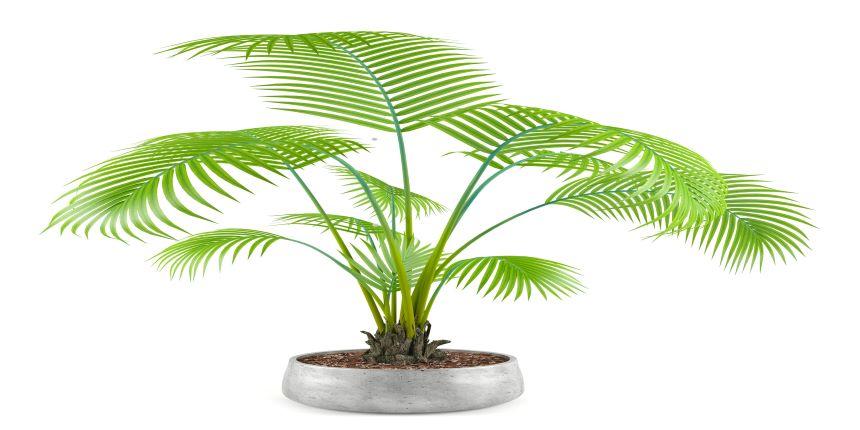
Palm plants can be commonly found inside homes and offices because without any trouble they cope up with the low light conditions. In fact, they prefer shade over direct sunlight since sunlight leads to deterioration of the palms.
Although mostly we do not witness any direct sunlight inside our homes, therefore, home palm trees work the best.
They grow in situations that offer indirect light and they can live fine in less light conditions also, especially during the winter months.
What you need to ensure is light. They cannot endure darkness. If you intend to place them in one of the rooms that offer no light as such, you ought to add an artificial light in there.
It is good to keep them outside every once in a while. When you do so, ensure they are not placed under direct sunlight. Place palm house plants under the shade to avoid burning of the leaves.
Choosing the Potting Soil Mix
Most indoor palm plants adapt to soil of any kind easily. However, if you are looking for the most suitable soil combination for optimal growth of your palm in a pot, then a combination of leaf mold, shredded bark, and peat moss is the answer for you.
However, indoor palm plants grow very well in potting soil, but if you need something specifically for growing house palm trees, you could go in for cactus and palm soil mix.
If you usually fail to remember watering indoor palm trees every now and then and are looking for something that helps retain moisture for longer, you can combine vermiculite into the potting soil, and you will be all set to go.
Indoor palm plants don't like repotting every now and then. They can grow ' and keep growing ' in the usual same planting pot for years to come. Unless the palm is pot-bound, there is no need for you to worry about repotting.
Fertilizing Indoor Palm Trees
Indoor palm plants for home don't require fertilizers, but if you take care of them as a baby they won't ever give up on you.
Chemical houseplant fertilizers or synthetic fertilizers only harm the plant instead of doing it any good. Well, chemical fertilizers won't do any good to your plants, therefore go for organic fertilizers instead as they are nothing less than the best.
There's good news. There are numerous organic plant fertilizers particularly created for home palm trees that give them nutrients.
Now the question that arises is, what is the right time to fertilize different types of indoor palm trees.
Refrain from fertilizing them during fall and winter. They need to be fertilized only amid their active growth time that is summer and spring.
Once you know what is the right time to fertilize the palms and what type of fertilizer to use, there's no stopping you from having your own mini tropical jungle.
Eliminating Bugs Off Palm Houseplants
Spider mites mostly eat the palm away. Maintaining high humidity levels around the plants keeps spider mites at bay. Houseplant bugs also sometimes create minor problems.
If you discover bugs on your palm house plants, begin treatment with immediate effect. Instead of chemical fertilizers, go in for organic solutions like organic neem oil or horticulture oil.
Pruning/Trimming Indoor Palm Plants
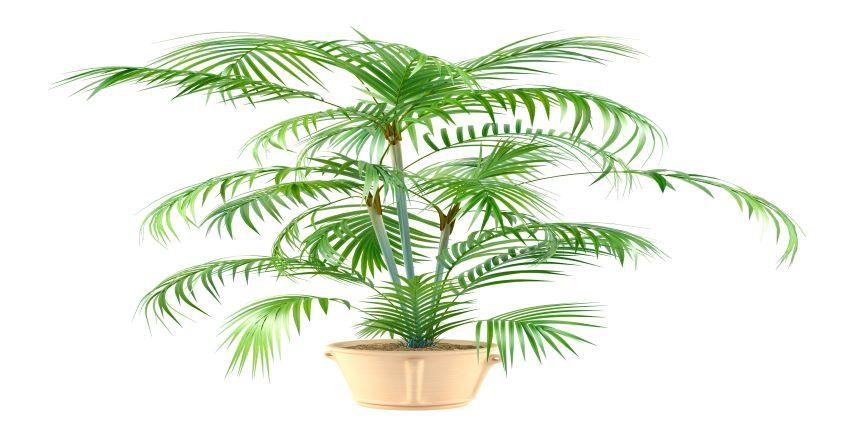
Being consistent with pruning helps keep the plant in its best shape ' making it look nice. Regularly trimming off brown, yellow or spotted decayed leaves is one of the best habits you can adopt. Since the bottom-most leaves of palm plants turn light yellow and brown as they age.
However, if the plant looks otherwise healthy, there is no need to cut the whole branch on spotting some brown or yellow leaves.
Palm tree indoor plant leaves are very thin and hence they require an edgy pair of scissors/pruners such as micro tip pruners for trimming and doing a satisfactory job.
You can also remove any long leaves if you find them coming in between the beautiful appearance of the palm. Just ensure you don't let go of healthy leaves in the process.
Common Issues You Might Face with Indoor Palm Plants
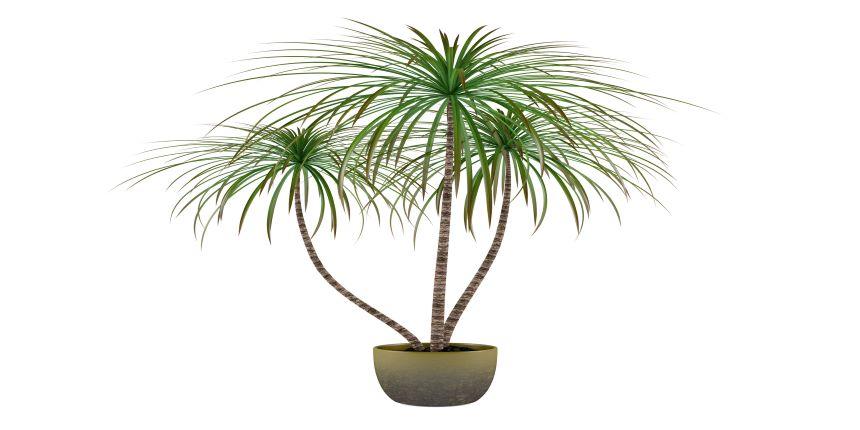
Brown tips and leaves are the first tell-tale sign of an underlying issue with indoor palm plants. More causes are mentioned below:
- Inadequate watering
- Over-hydrated
- Excessive use of biochemical fertilizers
- Plant-feeding spider mite that spoils the palm plant
Always remember some pointers, if you bought the palm sapling home from a nursery:
- It usually takes some days to wash chemical fertilizers from the soil
- Ensure that you water it enough. Furthermore, check that the palm plant is not pest-ridden.
What if the Indoor Palm Plant is Dying?
There is a spectrum of factors that can make home palm trees die gradually or suddenly.
The basic mistake plant parents make is overwatering the plants, additionally, it can also be because of high humidity or improper lighting.
Allow the soil to dry somewhat between watering sessions, ensuring that the soil is never entirely soggy or dry. Keep them in a safe and secure place where they can get indirect sunlight. If the palm plant starts showing the brown tips, then try to create a humid atmosphere near the plant.
Potting & Repotting Palm Trees
Palms are known to have shallow root systems. Disturbing them frequently in the name of repotting is not advisable. In fact, you should only repot a palm when it is completely pot-bound. By keeping them slightly pot-bound, you can slow down their growth. It grows at a more manageable rate if you avoid repotting it every year.
Ready for a home transformation?
Let our designers assist you!
Recent Posts
Related Category
- Balcony
- Bedroom
- Home Decor
- Living Room
- Outdoors
















